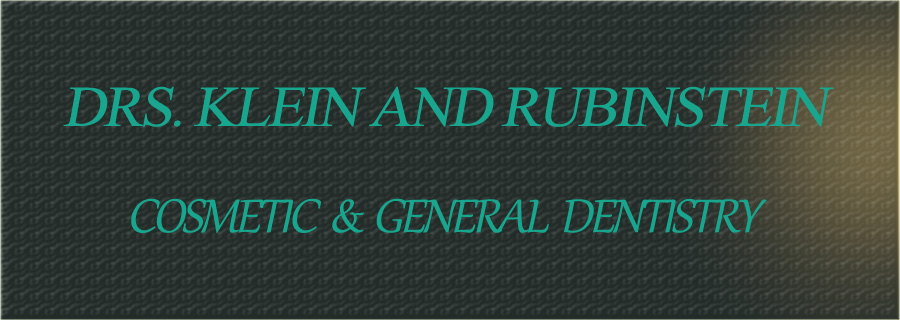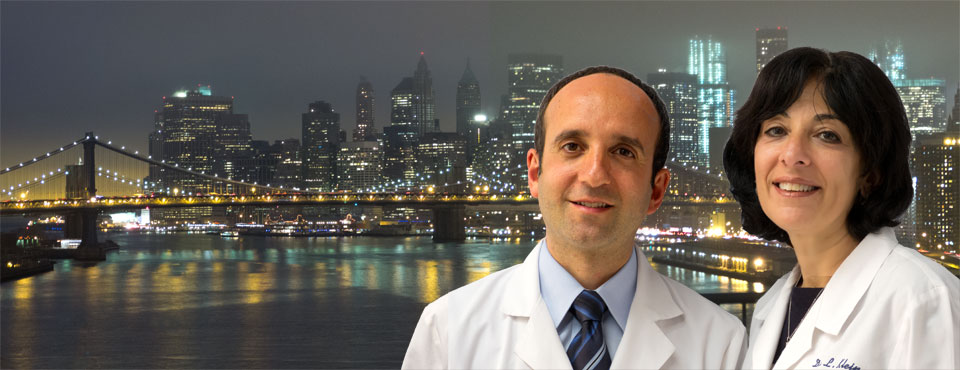


Nitrous Oxide - Brooklyn, NY
Nitrous Oxide, N2O, also called laughing gas, is a colorless gas with pleasant, sweetish odor and taste, which when inhaled produces insensibility to pain preceded by mild hysteria or laughter.
Nitrous oxide was discovered by the English chemist Joseph Priestley in 1772, but was named nitrous oxide by Humphry Davy. The principal use of nitrous oxide is as an anesthetic in surgical operations of short duration as prolonged inhalation of nitrous oxide can cause death.
Nitrous oxide is prepared by the action of zinc on dilute nitric acid, by the action of hydroxylamine hydrochloride on sodium nitrite, and, most commonly, by the decomposition of ammonium nitrate.



Nitrous oxide has very distinct characteristics and when inhaled, nitrous produces a variety of physical effects including:
- Disorientation
- Fixated vision
- Throbbing or pulsating auditory hallucinations
- Similarly pulsating visual hallucinations
- Increased pain threshold
- Deeper mental connections
The physiological effects of using nitrous oxide last approximately a minute for a lungful of nitrous and then mainly dissipate. Some residual effects may last up to several minutes later. Nitrous gas works by infusing into the membranes of the body and produces an anesthetic effect.
Nitrous oxide is used in roughly one third of dental practices in the United States, especially to allay anxiety that many patients may have toward dental treatment, and it offers some degree of painkilling ability. The benefits of nitrous oxide are many, and the risks are few. The gas is administered with a comfortable mask placed over the nose, and the patient is instructed to breathe in through the nose and out through their mouth. As a precaution, patients should not eat anything for about two hours prior to use of the gas. The patient begins to feel a pleasant level of sedation in anywhere from 30 seconds to three or four minutes. The cheeks and gums will also begin to feel numb in about a third of the patients.
After the gas is adjusted to the appropriate dose, and the patient is relaxed and sedated, the dentist can comfortably give the anesthetic injection (if needed) to the patient, and then proceed with dental treatment. After the treatment is completed, the patient is given pure oxygen to breathe for about five minutes, and all the effects of sedation are usually reversed. Unlike IV sedation or general anesthesia, the patient can almost always leave the office by themselves, without an escort.
Nitrous oxide has few side effects although high doses can cause nausea in some patients, and about 10% of patients do not benefit from it. Patients that are claustrophobic or have blocked nasal passages cannot use nitrous oxide effectively. Nitrous oxide is one of the safest anesthetics available.



